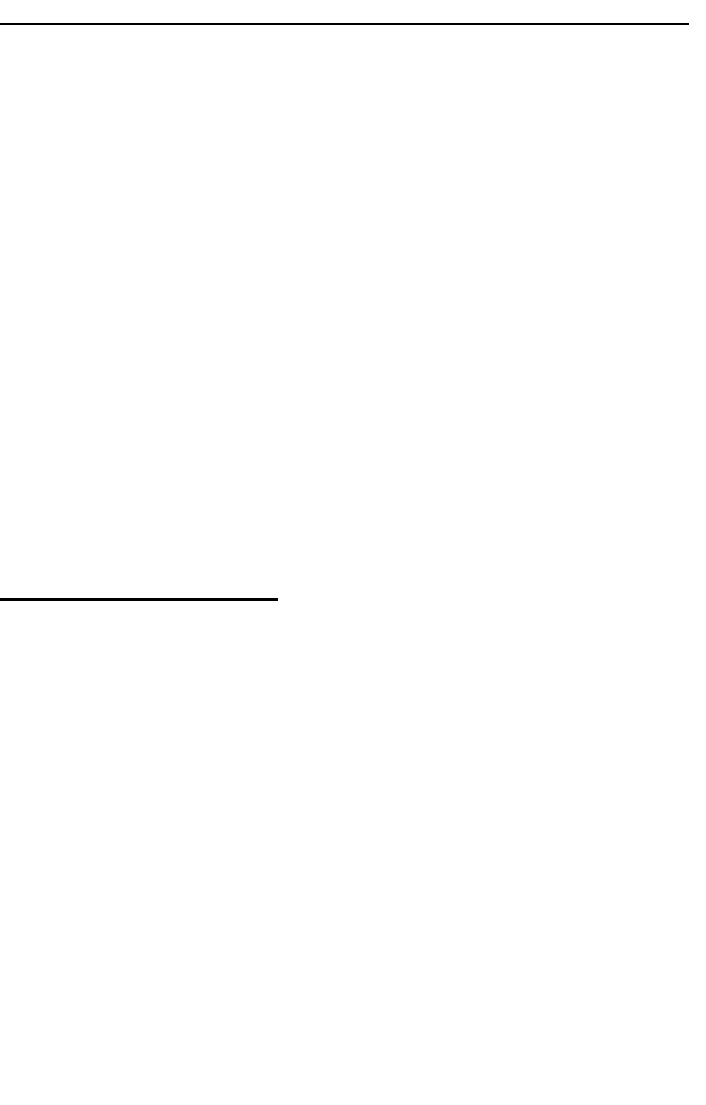
QRP-20 • 12
"LEARN-AS-YOU-BUILD" TRANSMITTER ASSEMBLY STRATEGY:
As you can see in examining the circuit board and components, there is a bit
more to this transmitter kit than soldering a few parts and putting a signal on the
air. So that you don't spend extra time "troubleshooting" instead of getting on
the air, we strongly recommend you follow the assembly strategy and step-by-
step procedures we are providing.
Our strategy in installing parts on our PC board is to install the larger and more
obvious parts such as the connectors and controls. These parts will then act as
"landmarks" so that each additional device installed is seen in relationship to
them, or to others previously installed.
In addition, we'll discuss the purpose of most of the components or groups of
components as we go along. If you are new to the idea of building your own
transmitter, perhaps our explanations will help you understand and learn as we
go along. The assembly sequence will follow the circuit flow from key jack to
antenna as faithfully as is practical, as part of Ramsey's "Learn-As-You-Build"
kit assembly philosophy.
However, we do assume that anyone ready to construct an amateur radio
transmitter has also developed some familiarity with general electronics
practices and language. Therefore, you can expect the following procedures to
move along with less of the hand-holding which we offer for our receivers and
other kit projects in which the FCC has less interest!
FIRST ASSEMBLY STEPS:
To get started and to put some landmarks on the circuit board, we'll insert and
install the 3 RCA "phono jacks", the DC power connector, the VCXO crystal
selector switch, and the VXO frequency control. With these parts in place, the
relative positioning of further components will become easier to recognize.
Refer frequently to your parts layout diagram.
The three RCA jacks, the DC power connector and crystal switch are all "press-
in-'til-flush" in design. On all three of the RCA jacks, the three large tabs are
soldered to the ground plane of the circuit board, while the thin tab is for the
center conductor. (Be sure these thin tabs make it into each of their respective
circuit board holes!) The crystal switch has a bottom with six circuit board pins
and a top with six corresponding tabs for other kinds of solder connections.
Press the pin side of the switch into place as far as it will go. Press J4 into its
position as far as it will go.
1. Insert and solder J1 (antenna connector)
2. Insert and solder J2 (receiver connector)
3. Insert and solder J3 (key, keyer or computer interface)
4. Insert and solder J4 (DC power +12 to 14 volts)


















